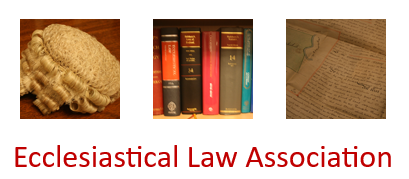The petition proposed several items of reordering. The Victorian Society became a party opponent, objecting to one specific item, namely, the treatment of the Victorian plain black and red tiling in the nave of the Grade II* church. The Chancellor was satisfied as to the suitability of the remaining items, and this judgment is mainly directed at the one contentious item. The petitioners contended that the Victorian tiles needed to be removed to allow the replacement of all the flooring in the nave, in conjunction with the proposed new underfloor heating, in order to achieve a sufficient heat output. The Chancellor granted a faculty for all items in the petition, except in respect of the stone floor finish. He directed that as many of the original tiles as possible should be salvaged and re-laid with as many suitable reproduction tiles as may be required.

